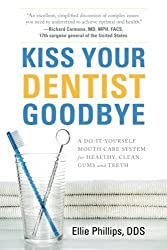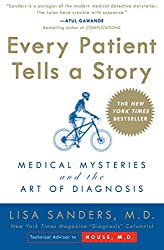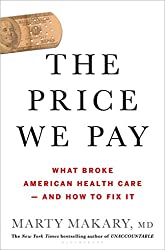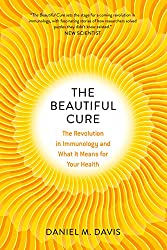
Rating: 7.4/10.
A lot of people have tooth decay, but the usual treatment is fillings, followed by root canals, crowns, extraction, and there’s not as much emphasis on prevention. This book outlines a program to get healthier teeth. Often, tooth decay is viewed as problems of individual teeth, but actually, tooth decay has to do with the condition of the mouth: acidity causes enamel to weaken for all the teeth at the same time. Sugar doesn’t directly cause decay, rather, it enables bacteria to produce acid, which breaks down enamel. Therefore, it’s ok to eat a lot of sweet foods, it’s only bad if the mouth is sweet for long periods of time.
A lot of drinks are slightly acidic, Coca-Cola is one of the worst offenders, and lemon obviously is acidic. Sipping an acidic drink or having the taste linger as the last thing in the mouth is bad for teeth. Dry mouth is also bad because it doesn’t allow saliva to remineralize them. Some foods that are good include milk, cheese, tea, and xylitol.
Xylitol is a sugar derived from wood, relatively unknown to dentistry, but the author strongly advocates for it. The idea is that mouth bacteria tries to consume xylitol, but cannot metabolize it, so they die. This way, they can’t cause the mouth to become acidic. The cheaper sorbitol doesn’t have the same effect because bacteria can metabolize it, it’s only advertised as sugar-free because it doesn’t contain calories. The scientific evidence is inconclusive on xylitol, some studies found effects but they were not conducted in a rigorous way. The mechanism seems plausible, so probably worth giving it a try.
Whitening products are bad because they weaken the teeth, it’s best to stick with the most basic toothpaste. Fluoride helps with the remineralization process, but only a small amount is enough. One place that the author goes against the mainstream scientific opinion is thinking that consuming fluoride is bad, that you should filter your drinking water to remove the fluoride, but most health organizations think the benefits exceed the costs.



